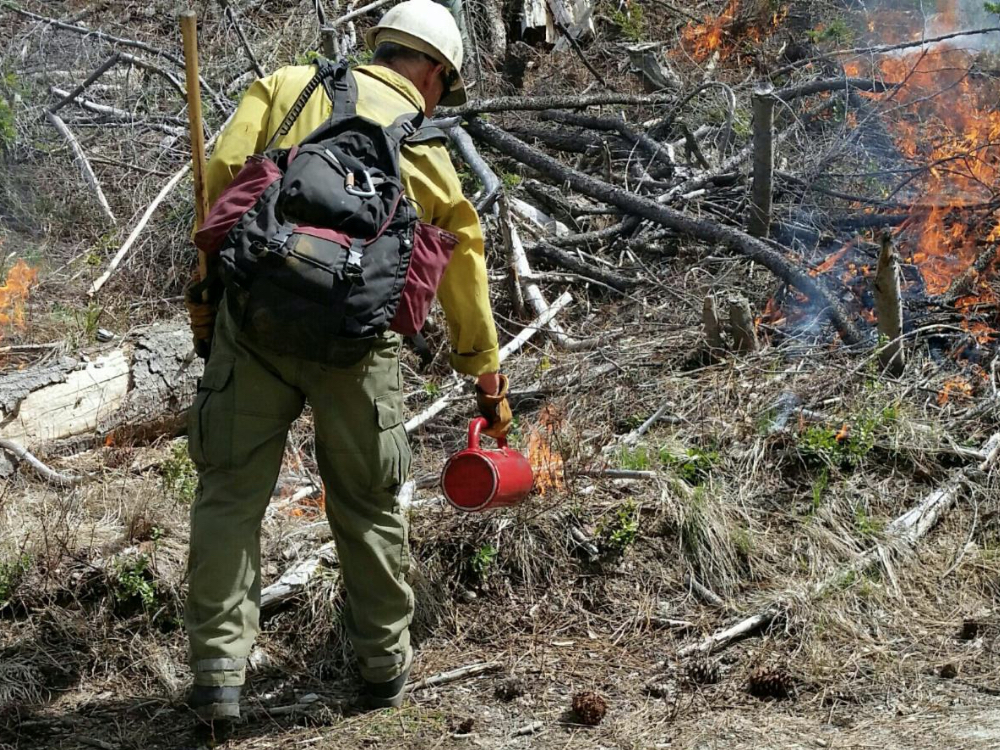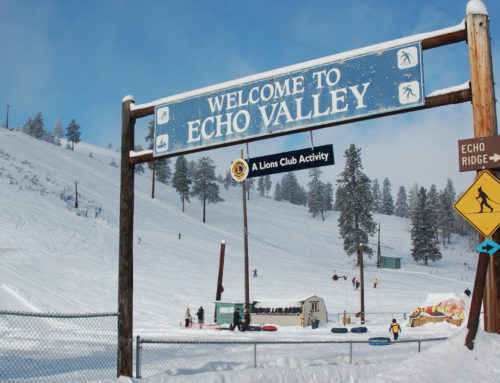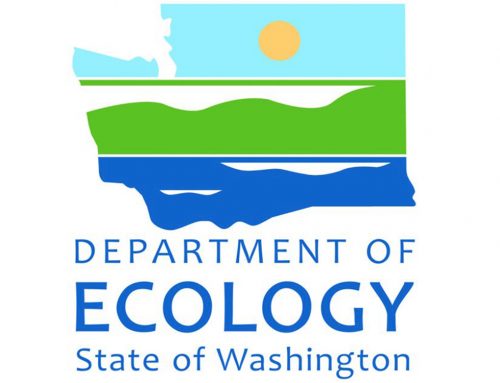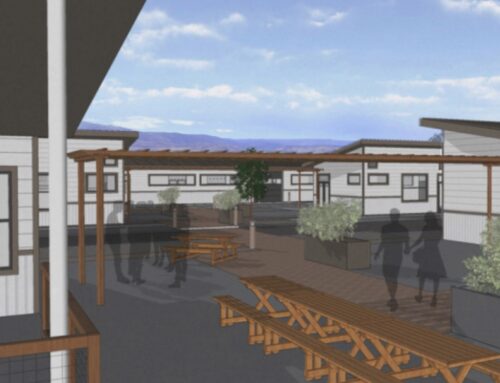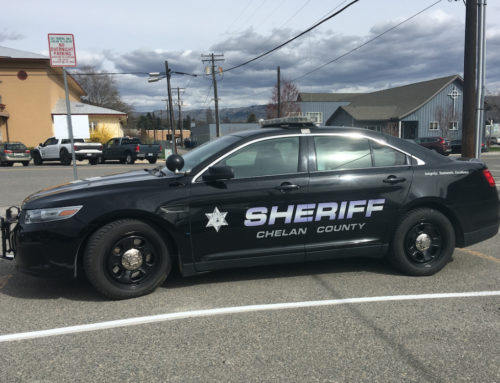State and federal partners collaborate on prescribed burn in Okanogan County to improve forest health and decrease wildfire severity
information released
The Washington State Department of Natural Resources (DNR), Washington Department of Fish and Wildlife (WDFW) and U.S. Bureau of Land Management (BLM) are set to partner in the coming days on an innovative forest health treatment.
The three agencies will work together to conduct a cooperative, cross-boundary prescribed fire operation on more than 250 acres of land about three air miles south of Loomis in northern Okanogan County. Each of the three units mapped as part of the burn plan includes land under the jurisdiction of at least two of the partnering agencies. The prescribed fire will treat approximately 140 acres of land managed by DNR, about 80 acres of the Sinlahekin Wildlife Area managed by WDFW, and about 40 acres managed by BLM.
“The launch of our prescribed fire program marks a significant step forward in accomplishing our bold goals of restoring the health of Washington’s forests—and we’re bringing this vision to life through proactive collaboration and partnership,” said Commissioner of Public Lands Hilary Franz. “Forest health treatments, including selective forest thinning and prescribed burning, are the necessary steps to combat our wildfire and forest health crisis.”
This tri-agency project is the latest example of cross-boundary collaboration to improve forest health in Washington. The 20-Year Forest Health Strategic Plan released in 2017 by DNR places an emphasis on the all lands, all hands approach to forest health.
“This partnership between three public land management agencies highlights the impact that cross-boundary prescribed fire operations can have on our efforts to make our forests healthier and more resilient against wildfire,” Washington Prescribed Fire Council President Chris Martin said. “Prescribed fire is a cost-effective tool with a high rate of success for accomplishing the goals we all share for Washington forestlands. We are grateful for Commissioner Franz’s leadership in bringing prescribed fire back to state lands.”
Prescribed fire is a forest restoration tool long used by Tribes, land management agencies and conservation groups to reduce the risk of high-severity wildfires and return forests to their historically resilient state.
Prescribed fires reduce the amount of fast-burning fuels for wildfires, boost the health of older trees by thinning overcrowded stands of trees competing for limited water and sunlight, support new wildlife habitats by creating open spaces and snags, and enhance soil conditions by recycling nutrients into the ground.
“The Northeast Region of DNR is thrilled to implement this cross-boundary prescribed burn in the spirit of cooperation with our land management partners at WDFW and BLM,” said Northeast Region Assistant Manager for State Lands Pat Ryan. “Wildfire knows no boundaries, so this proactive prescribed burn will reduce the impacts to the resources and lands we manage before the next wildfire hits.”
Safety First
Optimal conditions for conducting this prescribed burn may occur as soon as Thursday, March 31. Leaders of DNR, WDFW and BLM are committed to conducting this operation as safely and effectively as possible, which may require rescheduling a burn on short notice. Updates on active prescribed fire operations will be posted online at twitter.com/wadnr_forests.
Successful completion of a prescribed fire operation enhances public safety by providing wildland firefighters a safer landscape on which to fight a wildfire. It can also lessen the amount of smoke caused by wildfires due to the reduction of fuels.
“Prescribed burning allows firefighters to reduce hazardous fuels while conditions are favorable,” said BLM District Manager Kurt Pindel. “Conducting burning in a more controlled environment ultimately provides for the safety of firefighters and the public, which is always our highest priority.”
The smoke impacts from prescribed fire are minimal and short-lived compared to those caused by wildfire. Burn crews carefully monitor conditions to limit the effects of smoke on nearby residents. Depending on wind conditions, communities that may be affected by smoke during this burn include Loomis, Conconully, and Tonasket.
Persons and businesses with increased sensitivity to smoke should be prepared to follow the same precautions they would for wildfire smoke. These include limiting physical activity outdoors, closing the fresh-air intake on air circulation systems, and creating a box fan filter. Additional information can be found at the Washington State Department of Health website.
Outdoor recreationists and hunters are encouraged to check closure information frequently to ensure the areas they plan to visit are open. All burn areas will have signs posted in advance.
About the Washington State Department of Natural Resources
Administered by Commissioner of Public Lands Hilary Franz, DNR manages more than 5.6 million acres of state-owned forest, range, commercial, agricultural, conservation, and aquatic lands. Of these, more than half are held in trust to produce income to support public schools and other essential services. State trust lands managed by DNR provide other public benefits, including outdoor recreation, habitat for native fish and wildlife, and watersheds for clean water.
About the Washington Department of Fish and Wildlife
WDFW stewards over a million acres of public land in Washington, which are managed to protect lands and water for wildlife and people. WDFW works to preserve, protect, and perpetuate fish, wildlife, and ecosystems providing sustainable fish and wildlife recreational and commercial opportunities.
About the U.S. Bureau of Land Management
The BLM manages more than 245 million acres of public land located primarily in 12 western states, including Alaska, on behalf of the American people. The BLM also administers 700 million acres of sub-surface mineral estate throughout the nation. Our mission is to sustain the health, diversity, and productivity of America’s public lands for the use and enjoyment of present and future generations.


